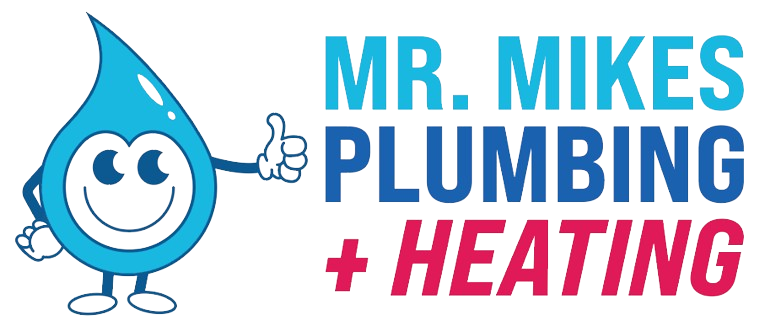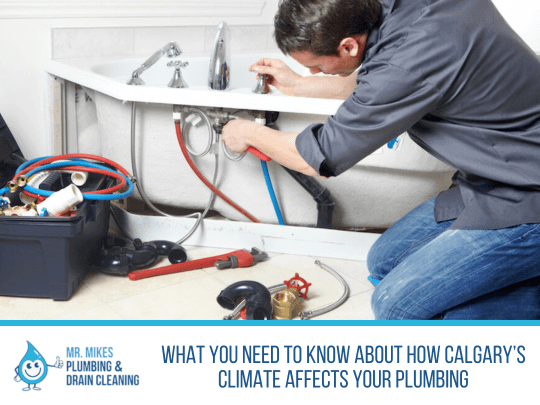
What You Need to Know About How Calgary’s Climate Affects Your Plumbing
October 25, 2023
Common HVAC Repair Issues Faced by Calgary Residents
November 17, 2023If you’ve never dealt with a plumbing emergency, consider yourself lucky. Plumbing problems are common and almost everyone will have an issue with their plumbing system at some point. Even minor plumbing issues can turn disastrous when not dealt with promptly, which is why it’s crucial to stay calm and know what to do when presented with an emergency. In addition to ruining your day, major leaks or backups can cause costly damage to your home and even put you and your family’s health at risk. Keep reading to find out how to handle emergency plumbing issues.
1. Turn off the Water Supply
For every plumbing emergency, the first step is to shut off the water supply at the source to prevent further water damage. For toilets, turn the football-shaped water valve at the base or behind the commode. Under the sinks have similar-looking valves, but there will be two – one for hot and one for cold water. Turn both valves to the right (clockwise) to shut off the water. If you don’t know where the source of your emergency is, can’t find the valve, or are dealing with a large-scale emergency such as flooding, you’ll need to turn off the main water valve to your home. This is usually located in the basement or utility room. Turn the lever-like handle so that it’s perpendicular to the supply line to turn off the water.
2. Turn off Your Water Heater
During a serious plumbing emergency, it’s a good idea to turn off your water heater in addition to shutting off the main water valve. This prevents damage to the unit, including overheating or even bursting. If you have a gas water heater, be sure to turn off the gas line first.
3. Call a Plumber
You may be tempted to try fixing the problem yourself, but most plumbing emergencies require the service of a trained professional. Unless you have the correct knowledge and tools for the job, a plumbing DIY can cause further damage to your home and may cause even more costly repairs in the end. Call a plumber as soon as possible. They may be able to give you initial instructions to help with the situation before they arrive, or even direct you to leave your home in the case of a dangerous emergency.
4. Mop Up Excess Water
If it’s safe to do so, while you’re waiting for your plumber to arrive try to soak up any excess water with towels, sponges, rags, or whatever you have on hand. This will help minimize water damage, prevent mould growth, and allow your plumber to start working as soon as possible. If you’re dealing with a small leak in a pipe, you can try to patch or block the leak with pipe tape or paper towels until a more permanent solution is found. Be sure to tell your plumber all the places you’ve noticed leaks in your home.
5. Minimize Damage
Turn off any electrical appliances near the affected area and move any furniture out of harm’s way if you can. This will help minimize damage to your home.
Emergency plumbing issues are scary, especially if you don’t know what to do. The best solution is to stay calm and be prepared. Knowing beforehand where your main water shut-off valve is, keeping a stash of towels and tools handy, and knowing who to call during an emergency will keep you safe and prevent further damage to your home. Emergencies can happen at any time, which is why Mr. Mike’s Plumbing operates emergency plumbing services 24 hours a day, 365 days a year. If you’re experiencing a plumbing emergency, don’t hesitate. Call us now.



